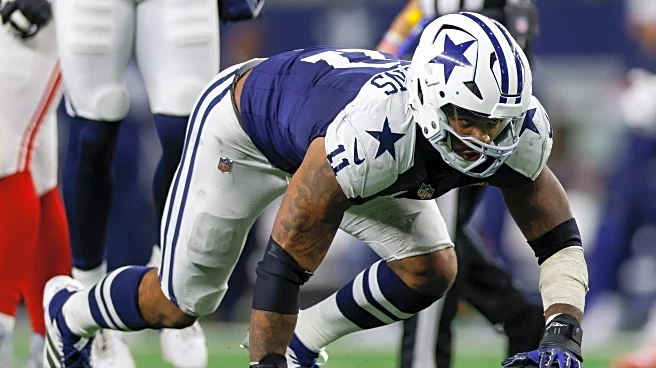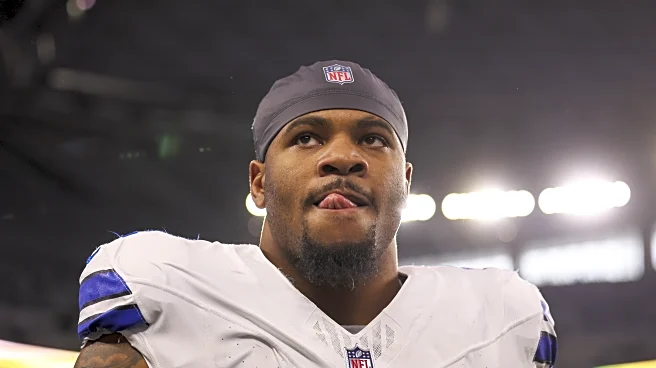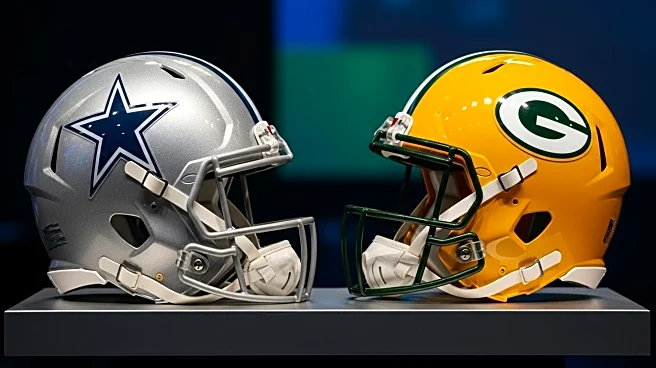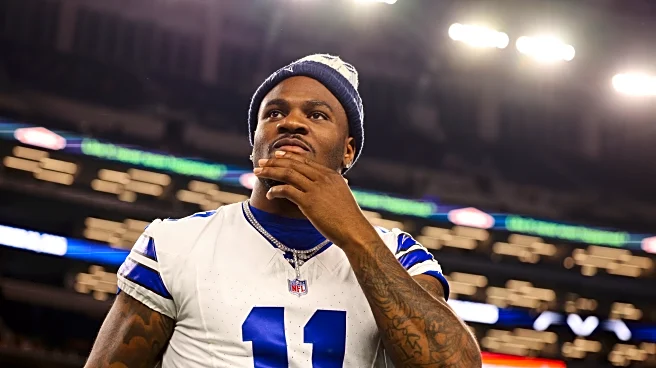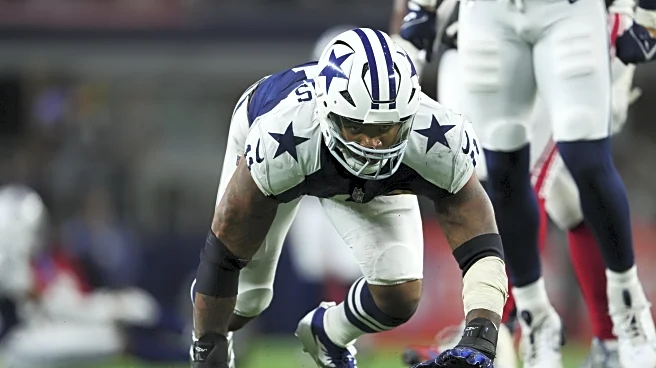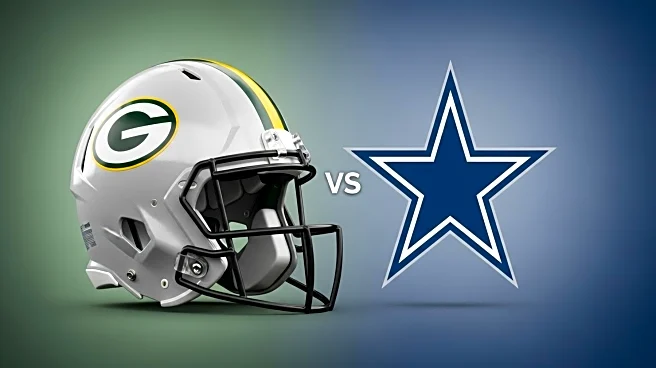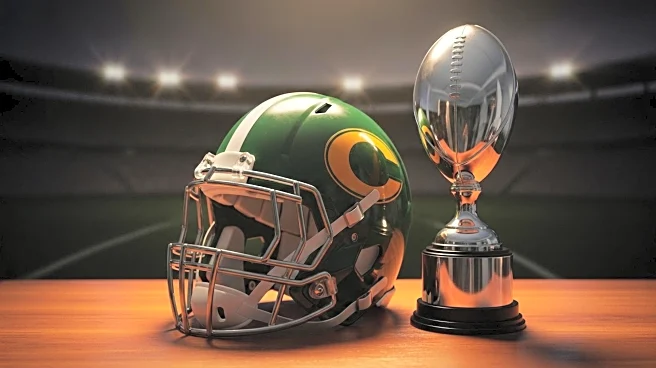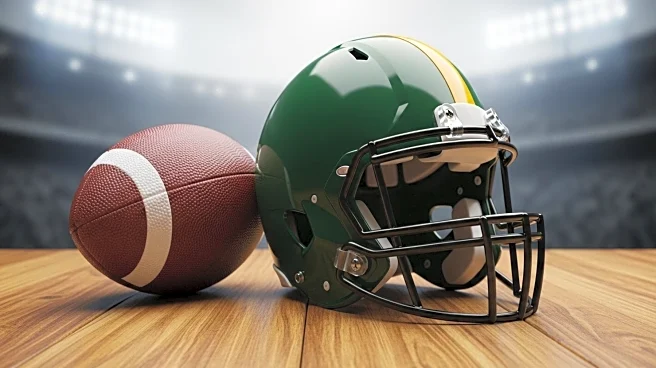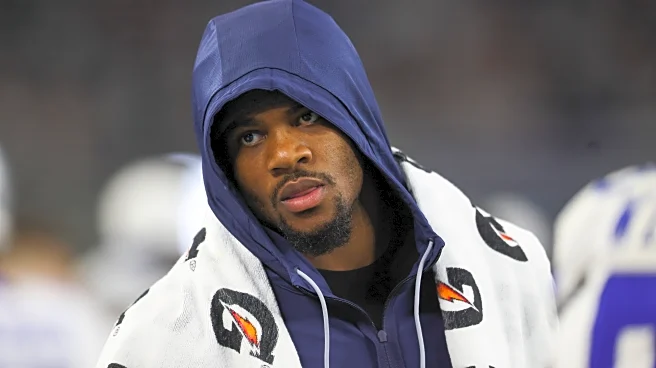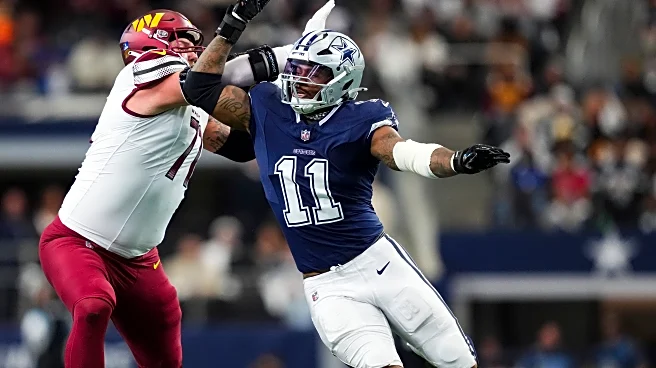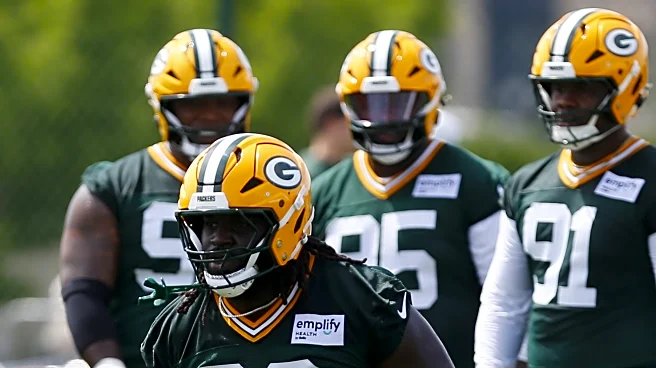
Now that we’re all relatively sober, it’s time to start thinking about what the Green Bay Packers can do on defense with the addition of Micah Parsons. We released our projected 2025 depth chart just two days ago, but clearly, things have changed.
Let’s dive into the adjustments.
Nose Tackle
The only player the Packers lost in the Parsons trade was defensive tackle Kenny Clark.
Holy crap, we really got the best defensive player in the league for two playoff first-rounders and a soon-to-be-30-year-old
we were going to cap casualty anyway next year.
Clark was expected to move to nose tackle this year and be the starter, after playing the three-technique in 2024 and defensive end for Joe Barry. So who steps up in his place?
It’s not the two rookie Georgia defensive tackles Warren Brinson and Nazir Stackhouse, who mostly got work with the third-team defense this summer, but actually Colby Wooden, who reinvented himself as a viable nose tackle this offseason after adding weight. In summer camp, Wooden took the vast majority of first-team snaps whenever Clark was unable to practice.
Expect Wooden, a former fourth-round pick who has never played more than 28 percent of snaps in a regular season during his career, to be Clark’s replacement. I’m sure Brinson and Stackhouse will get looks at nose tackle, but this is Wooden’s job, for now.
Micah Parsons
Alright, we’re going to have to break this up into two categories: Where Parsons will line up in nickel sets and where Parsons will line up in base sets.
In nickel sets, with only two linebackers on the field, Parsons will obviously be an edge rusher. That’s the role he’s played in nickel looks full-time since his second year in the league. The Packers didn’t pay him nine figures to drop into coverage. They paid him to rush the passer.
Nickel sets make up about two-thirds of Green Bay’s snaps. Generally, the Packers match the number of cornerbacks they play defensively to how many receivers are on the field for the offense. The rate of these plays fluctuates depending on the opponent, but it averages out to Green Bay facing three-receiver sets about two-thirds of the time.
In base defensive looks, where the Packers only have two cornerbacks on the field, the team has options.
First, they could just play him at defensive end, where he would displace Lukas Van Ness. The other option the Packers have, though, is to keep Van Ness, who has been performing well this summer, on the field and take off linebacker Isaiah McDuffie, which would allow Parsons to play the strongside or “Sam” linebacker position.
In the preseason, the Packers frequently played 3-4 fronts and “under” fronts out of 4-3 personnel, meaning that they had players playing out of position. The adjustment made was kicking Van Ness from the edge to inside the offensive tackle, which jammed up the interior of the defense. Basically, Van Ness got the chance to play a pseudo defensive tackle position.
To make up for Van Ness’ lack of edge support, they walked down the Sam linebacker, usually McDuffie or the released Isaiah Simmons in preseason games, to play on the edge. If the Packers believe that Van Ness is a player they’d rather have on the field than McDuffie (I do!), then this is one way to make Parsons at linebacker work, even though he’s still technically on the line of scrimmage.
In true 4-3 looks, with three off-ball linebackers instead of the Sam playing on the line of scrimmage, the Packers probably still want Parsons at defensive end, as that’s more of a pass-rushing position. A clip of Green Bay in a true 4-3 defense from this preseason is linked above.
The 3-4 and under fronts are more of five-man rushing defenses, as only rushing four players would mean that one of either Rashan Gary or Parsons would be the most likely player to drop into coverage. That’s the negative. The positive is the Packers will be able to get Gary, Van Ness and Parsons all on the field together at the same time.
Meanwhile, the true 4-3 fronts are more of four-man rushing defenses. This would allow both Gary and Parsons to be every-down edge defenders, but it also means that Van Ness would likely have to come off the bench to get into the action, as he’d be displaced by a third true linebacker, McDuffie.
There are pros and cons to both base defense approaches. The truth of the matter is that Parsons can probably provide the most value to the Packers by being able to play both Sam linebacker (in 3-4 and under looks) and defensive end (in true 4-3 and nickel looks). Green Bay has talked about how they wanted to use rookie fifth-round pick Collin Oliver in a similar role, but Oliver never got to practice with the team in training camp, so we haven’t seen a player actually crosstrained at both positions under this coaching staff.
Hopefully, Parsons will be able to play both positions, eventually, but he’s got to learn one spot fully before putting both jobs on his plate. Don’t expect him to get a full starter’s share of snaps against the Detroit Lions in Week 1. With only one full week of practice, I’ll be happy if he can just play nickel snaps for the Packers in the regular season opener. Expectations are certain to balloon from that point on, though.
